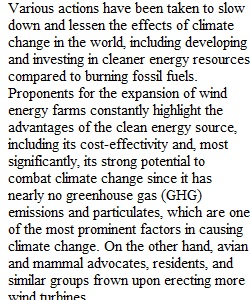


Q • Weight: 13% of course grade • Grading Rubric Instructions Draft of Introduction and Literature Review Follow the directions below for the completion of the introduction and literature review draft assignment for Unit IV. If you have questions, please email your professor for assistance. Purpose: The purpose of this assignment is to begin drafting your academic argumentative research paper. Description: In this assignment, you will first write your literature review; then, you will write your introduction. Please see "Lesson 4: The Introduction" for details on why it is suggested that you begin the drafting process with the literature review instead of the introduction. The following details are requirements of the assignment: ? Introduction (9-12 well-developed sentences/approximately 350 words): For more details about what is expected for each of the following sentences, please see "Lesson 4: The Introduction." You may also want to review the "Example Introduction and Literature Review (with comments)." The following components must be included in the introduction (in the following order). o Sentence 1: Introduce the general topic o Sentence 2: Pro side (general) o Sentence 3: Con side (general) o Sentence 4: Narrow the scope (1) o Sentence 5: Examples of the narrowed topic o Sentence 6: Narrow the scope (2) o Sentence 7: Specific controversy o Sentence 8: Pro side (specific) o Sentence 9: Con side (specific) o Sentence 10: The thesis ? Literature Review (800-900 words): For details about the structure of the literature review, you will want to review "Lesson 3: The Literature Review: The Process." You may also want to review the "Example Introduction and Literature Review (with comments)." The link is below. o Literature review preface: This paragraph acts as a guide to what the reader can expect in the literature review. o Literature review body: This section includes three to four body paragraphs that discuss the history, terminology, and both sides of the controversy (pro and con). o Literature review conclusion: The conclusion signals that the literature review is ending, but it also acts as a kind of preface for the body of the paper by restating the thesis statement and establishing your argument once again. ? Demonstrate how to summarize and paraphrase source materials. ? Demonstrate the avoidance of plagiarism through proper use of APA citations and references for all paraphrased and quoted material. Introduction and literature review example Note: The conclusion is not presented in this example; however, the literature review conclusion is a requirement of the assignment. You may also seek out the guidance of the Success Center; the specialists are always there to assist you with your writing and comprehension. Resources The following resource(s) may help you with this assignment. ? Citation Guide ? CSU Online Library Research Guide ? Submit Writing Center Request
View Related Questions